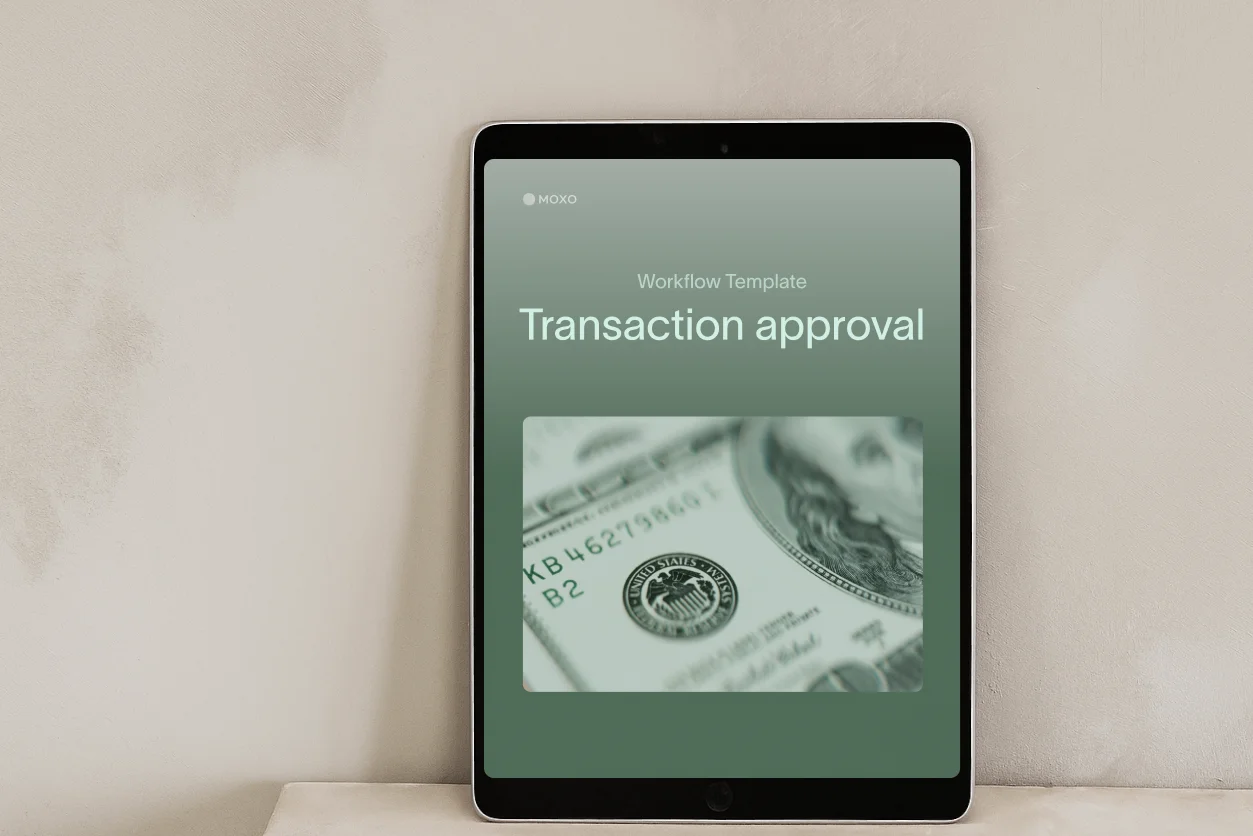
At a glance
An efficient invoice approval workflow helps teams eliminate repetitive manual work so finance staff can focus on strategic tasks rather than chasing signatures or follow-ups.
Accuracy and compliance improve when every invoice moves through predefined steps, reducing human errors and missed deadlines.
Real-time visibility ensures accountability, helping leaders identify bottlenecks and keep vendor payments on schedule.
Scalable, compliant operations become achievable as automated workflows grow with your business without adding extra manual effort.
The real cost of slow approvals
Manual invoice approvals seem simple until they begin costing time and money. According to Ardent Partners, the average cost to process a single invoice manually exceeds $10.89 and can take over ten days. These delays increase compliance risk, strain vendor relationships, and restrict cash flow.
The problem usually isn’t in accounting—it’s in the process. Each approval step adds friction when it depends on email chains or unclear ownership. To fix this, organizations need a structured, automated approach that brings transparency, accountability, and speed.
Why approvals stall
Even structured teams experience approval delays. The main causes are:
Unclear ownership: Teams often don’t know who needs to approve what.
Email overload: Approvals buried in inboxes are easily missed.
Absences: When managers are unavailable, invoices sit idle.
No visibility: Finance lacks a real-time view of where each invoice stands.
These gaps compound over time. A single missing sign-off can block dozens of payments, causing late fees and frustration for vendors.
Understanding approval models
Role-based approvals
In this model, invoices are routed according to the approver’s role. Department heads sign off on their team’s expenses, keeping accountability close to spending decisions.
Amount-based approvals
Different thresholds are set for different amounts. For example, invoices under $5,000 can be approved by a department manager, while those above $50,000 require CFO authorization. This ensures smaller expenses don’t clog executive time.
Category-based approvals
Invoices can also route by category—marketing invoices to the CMO, technology invoices to the CIO, and so on. This prevents irrelevant approvals that add no value.
A consulting firm using Moxo workflows adopted amount-based routing for travel expenses. Invoices under $1,000 automatically went to a coordinator, while higher-value invoices reached partners. The firm cut approval time by 40%.
Thresholds, delegation and out-of-office handling
Thresholds, delegation, and backup rules keep invoices moving when normal approval paths are blocked.
Thresholds keep decision-making efficient
Without thresholds, every invoice ends up on an executive’s desk. By defining limits, businesses ensure high-value invoices get the attention they need while routine expenses flow faster.
Delegation maintains continuity
Delegation rules automatically redirect invoices to alternates when approvers are unavailable, preventing bottlenecks during busy cycles or vacations.
Out-of-office settings keep workflows moving
Temporary delegates can be assigned in advance so that approvals continue seamlessly, even when key staff are away.
Real-world example: Shields Tax CPA
Shields Tax CPA, a mid-sized accounting firm, faced recurring invoice delays during tax season when partners were unavailable. Using Moxo’s workflow automation, the firm configured thresholds and delegation rules: invoices under $5,000 went to senior managers, while larger ones escalated to partners. Approvals automatically shifted to delegates when partners were out of office. The result was a 54% reduction in approval cycle time and faster vendor payments.
Setting SLAs and escalations
Service-level agreements (SLAs) define how quickly invoices must be approved—for instance, within 48 hours of submission. If deadlines are missed, automated escalations push the invoice to a higher approver.
This ensures accountability without manual chasing. It works much like customer service escalations: unresolved requests automatically rise to ensure timely action.
Organizations using SLA-based escalation report significantly fewer late fees and improved vendor satisfaction, according to APQC benchmarks.
Configuring an invoice approval workflow in Moxo
Manual processes depend on emails and spreadsheets; Moxo replaces them with structured, automated workflows inside a secure, role-based portal.
How it works
No-code builder: Create approval paths for role, amount, or category—no IT required.
Role-based portals: Approvers see only the invoices relevant to them.
Delegation and escalations: Work continues even when managers are away.
Audit trails and compliance: Every action is tracked to meet SOC 2 and GDPR standards.
A G2 review summarizes it well: “With Moxo, we’ve eliminated the back-and-forth of invoice approvals. Managers approve directly in the mobile portal—no missed emails.”
Why Moxo
Moxo offers accounting, consulting, and procurement teams a secure, branded portal for managing invoice approvals, delegation, and compliance.
- Reduces approval cycles by 40–60%.
- Provides SOC 2-compliant audit trails and GDPR protection.
- Enables no-code workflow automation and real-time notifications.
- Offers mobile-first portals for clients and vendors.
Explore more about vendor portals, document collection workflows, and integration options to see how Moxo fits into your accounting tech stack.
Identify bottlenecks and keep vendor payments on schedule.
An invoice approval workflow isn’t just a finance process—it’s a control system that improves compliance, vendor relationships, and financial accuracy. When approvals depend on emails or manual routing, even a single delay can disrupt operations.
Moxo helps organizations move from fragmented approvals to automated, secure workflows that deliver faster decisions, stronger accountability, and reduced manual effort. To explore how automation can streamline your accounting operations, get started with Moxo.
FAQs
What is an invoice approval workflow?
It’s a structured process that routes invoices to the right people for timely, compliant approval. With Moxo, the process is automated and tracked.
Why do approvals often take too long?
Delays usually stem from unclear ownership, manual follow-ups, or missing escalation rules—all of which Moxo automates.
How do thresholds improve invoice approvals?
They define approval authority by amount, so smaller expenses move faster while large invoices get proper review.
Can Moxo integrate with accounting systems?
Yes. Through Moxo integrations, workflows connect to popular ERP and accounting tools for seamless processing.
Are templates available for quick setup?
Yes. Moxo provides ready-to-use invoice workflow templates that can be customized without coding.





